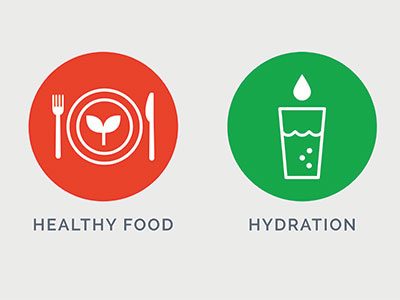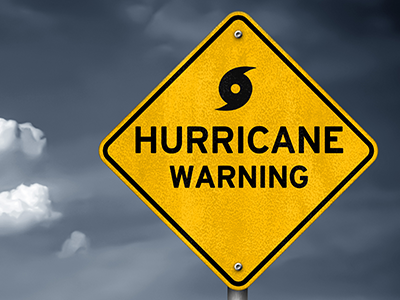It’s happened to all of us — you’re shopping at the grocery store and your toddler spies a cookie that they want. You say “no,” and next thing you know your child has erupted into a gale-force temper tantrum. How should you respond? Why do these meltdowns happen? Can they be prevented? We’ve asked child development specialist Tara Brennan for some tantrum tips.
What are some common triggers for toddler tantrums?
Developmentally, toddlerhood is all about seeking a degree of independence. As they seek a greater sense of personal control, this sets up a potential power struggle with adults and peers around them.
Tantrums in toddlerhood are often related to this power struggle. When a child has an idea of what they want, but someone else says differently, this can trigger an emotional reaction — a tantrum. In essence, they are “protesting” the loss where they were seeking to win a bit of independence. As toddlers navigate this stage, they are likely to experience a wide range of emotions — elation and joy, trepidation, sadness, frustration or anger, just to name a few. Toddlers are little people with big feelings!
How does a lack of communication ability factor into a toddler’s expression of frustrations via anger or tantrums?
Communication delays or differences obviously make it challenging for a child to express what they want or how they are feeling. When they don’t have the words to explain their desire or plan, or lack the words to explain their feelings about a situation, they will show what they are feeling instead. They may have a tantrum (crying, throwing themselves on the floor) or may react more aggressively (hitting, biting and throwing).
How can parents help toddlers manage their emotions?
Parents can help in many simple but effective ways. Allowing toddlers to make choices throughout the day will help them feel a sense of control. Offer choices with their food, outfits, toys and activities. A simple choice of “this or that” can do a long way.
If a child wants to do something or have something they cannot have, a parent could offer them something they can do or have instead. Think of it as “trading, as opposed to taking.” A toddler is likely to better accept redirection this way, and a parent may avoid a negative emotional reaction in return.
When a toddler experiences big emotions, remaining calm is key. If a child is crying or yelling, for example, a parent should speak quietly and slowly to model a calmer energy/presence. Generally, letting a child work through the tantrum without giving much physical or verbal attention is ideal.
Importantly, a toddler should not be punished for having a tantrum. Their tantrum is their protest — their way of telling the adult that something isn’t how they wanted it to be and this is how they are feeling about it. Talking through or reflecting what the child is feeling will help the child feel validated. Parents should use emotion words to help build the child’s emotional vocabulary. For example, “I know this is really frustrating,” or, “it makes you feel sad when…” Introducing these words and emotional concepts during play and when reading together will be particularly helpful.
 https://riseandshine.childrensnational.org/wp-content/uploads/2025/05/child-having-tantrum-feature.jpg
300
400
webteam
https://riseandshine.childrensnational.org/wp-content/uploads/2017/11/childrens_riseandshine_logo.jpg
webteam2025-05-07 15:54:412025-05-07 16:19:29Helping autistic children manage big feelings
https://riseandshine.childrensnational.org/wp-content/uploads/2025/05/child-having-tantrum-feature.jpg
300
400
webteam
https://riseandshine.childrensnational.org/wp-content/uploads/2017/11/childrens_riseandshine_logo.jpg
webteam2025-05-07 15:54:412025-05-07 16:19:29Helping autistic children manage big feelings





















Leave a Comment
Want to join the discussion?Feel free to contribute!